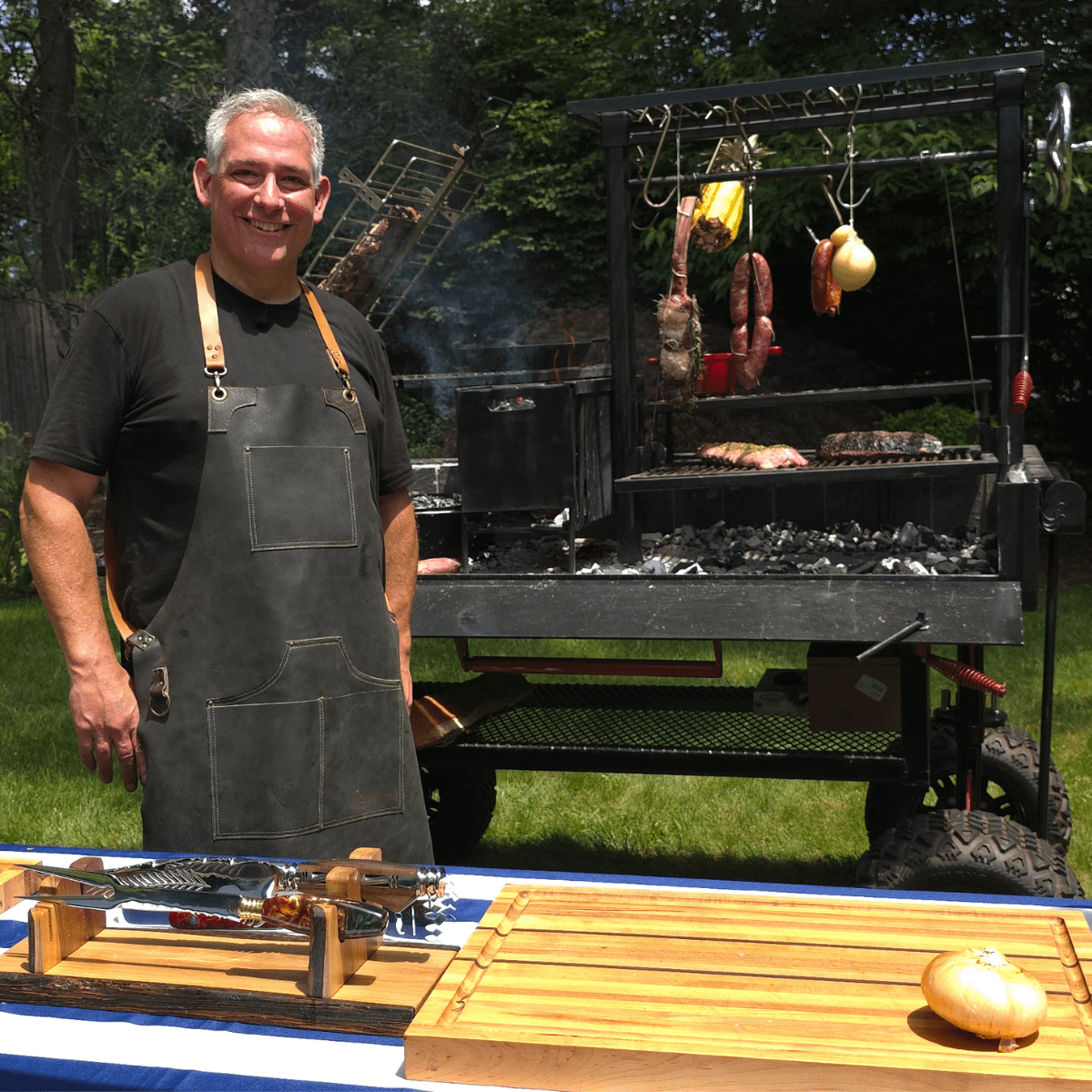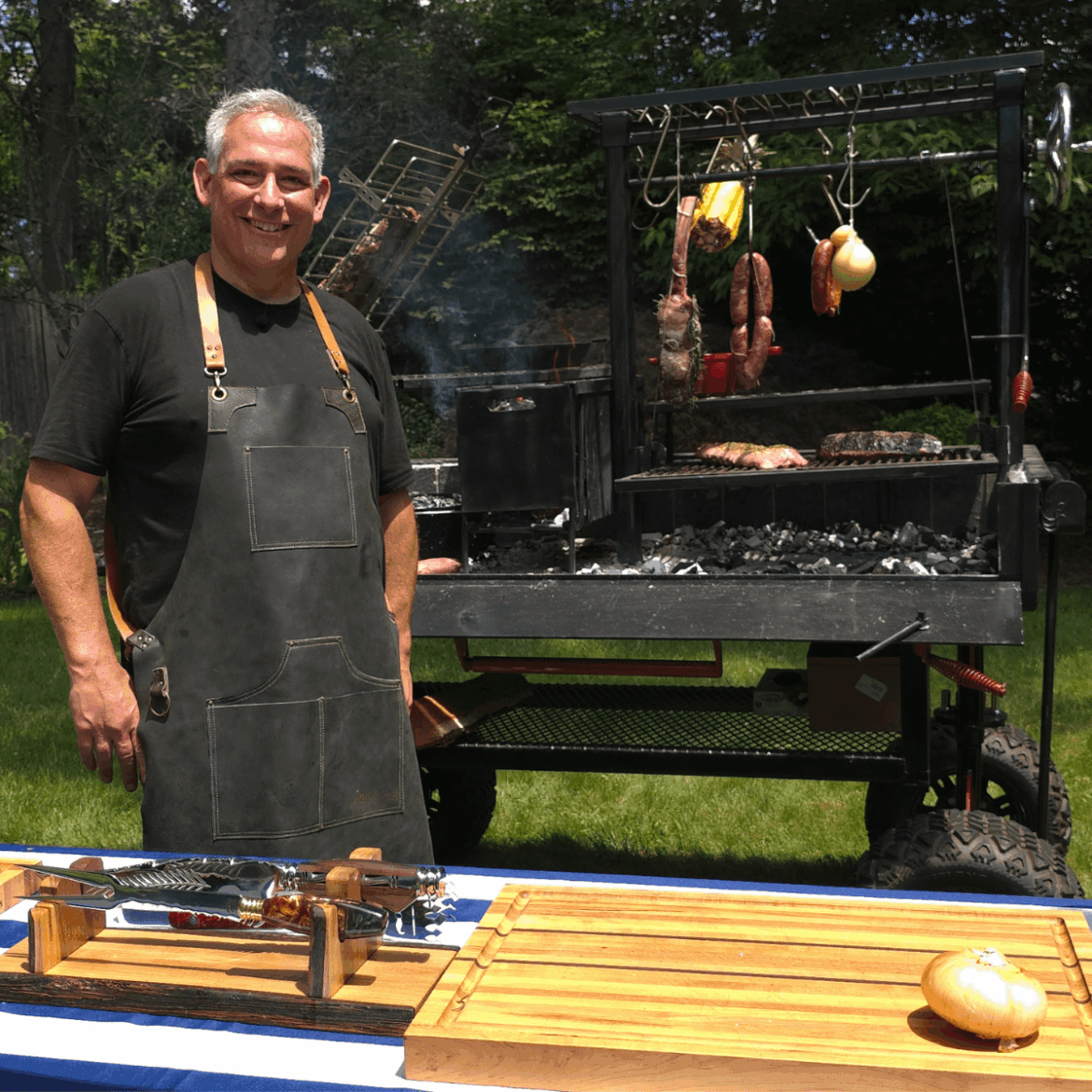
I spent decades in professional kitchens before diving deep into BBQ and live-fire cooking. The biggest difference between amateur and professional results isn't the equipment – it's understanding how heat actually works.
The Two-Zone Myth Everyone talks about two-zone cooking like it's revolutionary. In reality, you need to think in gradients. Your grill doesn't have two temperatures – it has dozens. That "cool zone" near the edge? It's perfect for holding. The spot directly between your hot and cold zones? That's where magic happens for reverse searing. Map your entire cooking surface with an IR thermometer sometime. You'll never cook the same way again.
Recovery Time Is Cooking Time In restaurants, we never served meat straight off heat. That 10-minute rest isn't just for juices – it's actual cooking time. Your brisket's internal temp can climb 10°F after you pull it. Most overcooked BBQ wasn't ruined on the grill – it was ruined on the cutting board. Pull your meat 5-10 degrees early and let carryover finish the job.
Your Lid Is Not Your Friend "If you're looking, you're not cooking" is terrible advice. Professional cooking is about active management. Yes, opening the lid drops temperature, but blind cooking leads to disasters. Learn to work fast – lid up, rotate/check/spritz, lid down. Total time: 15 seconds. Your fire recovers faster than overcooking does.
Fire Management vs Temperature Chasing Stop chasing exact temperatures. I watch guys panic because they're at 235°F instead of 225°F. Meanwhile, their fire is producing dirty smoke because they're choking airflow to hit a number. Clean combustion beats perfect temps every time. I'd rather cook at 275°F with thin blue smoke than 225°F with white billowing clouds.
The Stall Is Your Friend Everyone fights the stall with wrapping, cranking heat, or panic. In professional kitchens, we call this "the plateau" and it's when collagen converts to gelatin. Fighting it means missing the transformation. Plan for it, embrace it, use it to develop bark. Your meat is literally tenderizing itself – why rush that?
Been applying restaurant technique to BBQ for years now through NY BBQ Guys. Happy to answer any questions about heat management, equipment, or translating professional techniques to backyard cooking.
-Mike #nybbqguys #ownthefire
by nybbqguys


13 Comments
Thanks
I appreciate this post and I truly mean no disrespect but this is 101 stuff that most BBQ enthusiasts pick up in their first year.
Interesting point on the plateau. At what point then do you wrap if ever ?
Congrats on a fun career.
Are you saying to not wrap through the stall, and instead keep making bark?
I see different protocols for things like brisket or pulled pork. The older methods seem to suggest a long wrap time (160F to >204F then rest ), but some folks have been advocating for only wrapping at 204F for rest, and using higher heat to get there. I wonder if these is partly a reflection of beef quality these days as being more tender and fatty than perhaps in the “old days” where you had greater risk for drying it out .
I have learned to utilize all of the tools I have to maximize efficiency and make sure the end product is what I want. As a professional in kitchens for most of my adult life, I have found that smoking and then finishing in my oven inside saves me time and energy. If I have the full cook time to go from start to finish on my outdoor cooker I’ll relish it and enjoy the time!
Nice food for thought. Thanks!
What’s the best equipment/device to make pulled pork, in your opinion? Do you have a must-have rub or technique?
Nice
Nice ad
Hot and fast is the way to go. After I learn how to do pulled pork in 5 hours, I never go back to a 12 hour cook.
This gradient framing really clicks tbh. Any simple ways to map heat on a kettle beyond hand test? Do you track grate vs dome temps, and how often to rotate to dodge radiant blast?
Awesome post!! Thank you for sharing your knowledge!
I’m pretty much brand new to BBQ, and know next to nothing right now. You worded this really well though, and there aren’t, like, a hundred terms to try and figure out as a newbie.
But that last part, I’m not sure what “stall” or “bark” mean exactly. I’m guessing bark *probably* means the outside getting nice and seared, but I can’t figure out stall. What’s that mean?